An Interpersonal Pragmatics Study of Identity Construction in New Media Advocacy in Higher Education
DOI: 10.23977/langl.2025.080118 | Downloads: 9 | Views: 480
Author(s)
Xue Shiyi 1, Sun Li 1
Affiliation(s)
1 Nanjing Tech University, Nanjing, 211816, Jiangsu, China
Corresponding Author
Xue ShiyiABSTRACT
This study takes the tweets of the official WeChat public number of Nanjing Tech University as the corpus, and based on identity theory and relational management theory, it explores the identity construction and the implementation of interpersonal management function in the publicity of new media in colleges and universities. It is found that the publisher of the university public number constructs the identities of honourer, campus life recorder, information sharer, talent recruiter, spiritual and cultural communicator, announcement notifier and safety reminder by using the three dimensions of the discursive domain, discourse domain, and the relationship management strategy of the speech-acting domain, in order to carry out the corresponding interpersonal management functions, including shaping the positive face of the institution, protecting the fairness and contact rights of the audience, and realizing the construction of university publicity and harmonious relationship. In order to achieve the interactive goals of university publicity and harmonious relationship building, the publisher of the public number dynamically constructs discursive identities to shape a good image of the university, which improves the effectiveness of information dissemination, enhances the interaction between teachers and students, and promotes the construction of campus culture.
KEYWORDS
New Media in Higher Education, Promotional Discourse, Discursive Identity, Relationship Management, Interpersonal FunctionsCITE THIS PAPER
Xue Shiyi, Sun Li, An Interpersonal Pragmatics Study of Identity Construction in New Media Advocacy in Higher Education. Lecture Notes on Language and Literature (2025) Vol. 8: 124-131. DOI: http://dx.doi.org/10.23977/langl.2025.080118.
REFERENCES
[1] Chen Xinren. 2013. Linguistic identity: dynamic choice and discourse construction[J] . Foreign Language Studies, (4):27-32.
[2] Spencer-Oatey. Culturally Speaking: Culture,Communication and Politeness TheorysM]. Cornwall: MPG Books Ltd., 2008.
[3] Haugh, M. 2013. Im/politeness, social practice and participation order. Journal of Pragmatics 58(52):52-72.
[4] Culpeper, J. & M. Haugh. 2014. Pragmatics and the English Language. Houndmills: Palgrave Macmillan.
[5] Arundale, R. B. 2010. Relating. in M. A. Locher & S. L. Graham (eds.). Interpersonal Pragmatics. Berlin: Mouton de Gruyter, 137-165.
[6] Li Chengtuan, Ran Yongping. 2015. Interpersonal pragmatics research on identity construction: current status, principles and issues [J] . Chinese Foreign Language, (2): 47-54.
[7] Jing Xiaoping. 2022. An Interpersonal Pragmatics Study of Identity Construction of the Elderly in the New Media Context [J] . Journal of Foreign Languages, (2):15-21.
[8] Huang Jingjing, Li Kesheng. 2023. An Interpersonal Pragmatics Study of Identity Construction in Literary and Tourism New Media Publicity[J]. Modern Foreign Languages, (3):345-357.
[9] Locher, M. A. 2013. Relational work and interpersonal pragmatics. journal of Pragmatics 58(1):138-151.
[10] Yuan Zhoumin. 2016. Relationship Management Theory and its Operation [J] . Chinese Foreign Language, (1): 41-47.
[11] Fu Dongmei, Yi Hong. 2016. An Anlysis of the Pragmatic Function of the Chinese Salution “Dear”[J]. Journal of Yili Normal University, (1):103-105.
[12] Ding Jinguo. 1997. The Universality of Styles and the Culture of Styles[J]. Journal of Qingdao Ocean University, (1):63-69.
[13] Gao Xia. 2021. A Study on the Characteristics of Informal Styles in Chinese Scholars' English Academic Papers [J] . Foreign Language and Foreign Language Teaching, (2): 92-102.
| Downloads: | 48830 |
|---|---|
| Visits: | 929024 |
Sponsors, Associates, and Links
-
Journal of Language Testing & Assessment
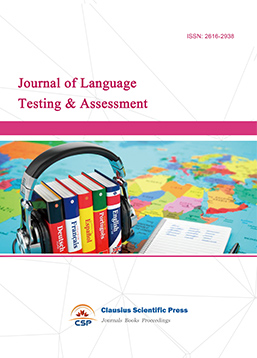
-
Information and Knowledge Management
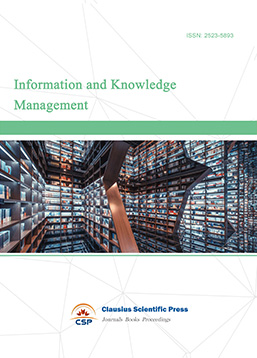
-
Military and Armament Science
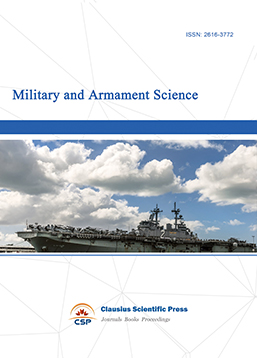
-
Media and Communication Research
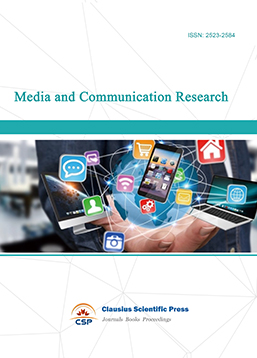
-
Journal of Human Movement Science
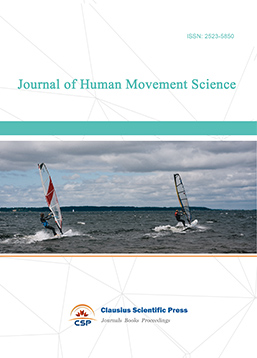
-
Art and Performance Letters
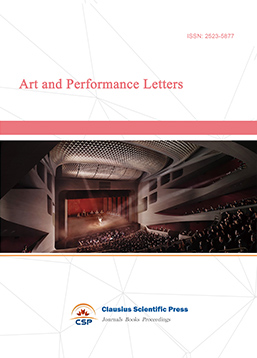
-
Lecture Notes on History
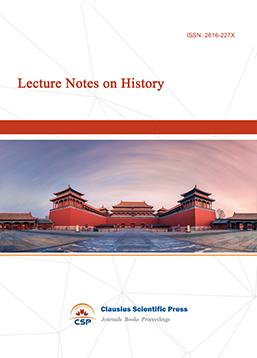
-
Philosophy Journal
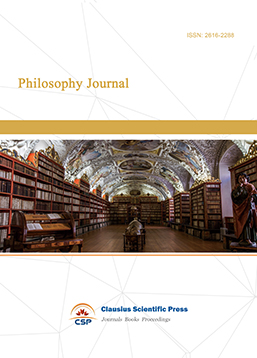
-
Science of Law Journal
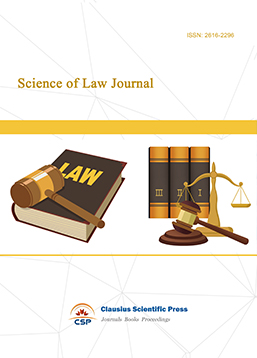
-
Journal of Political Science Research
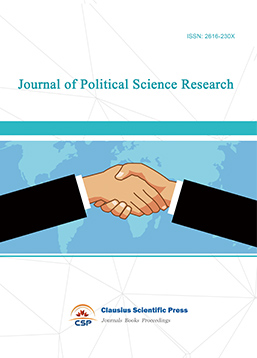
-
Journal of Sociology and Ethnology
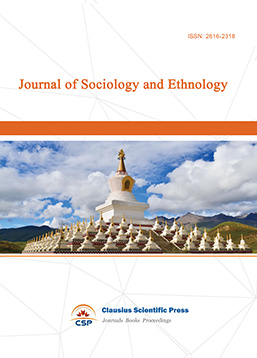
-
Advances in Broadcasting


 Download as PDF
Download as PDF